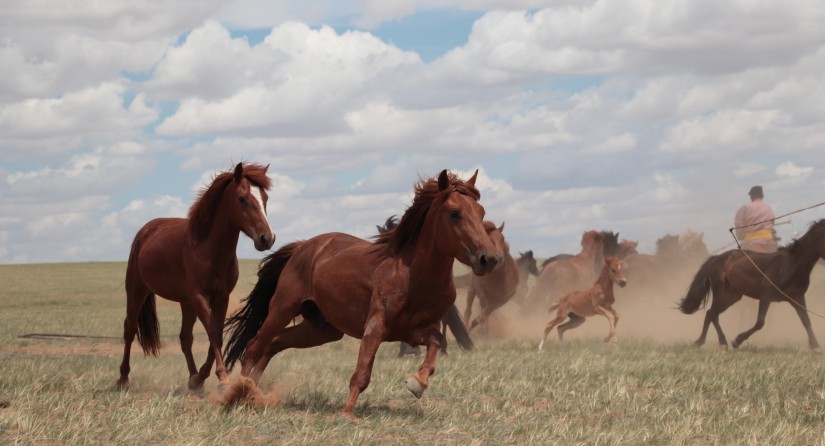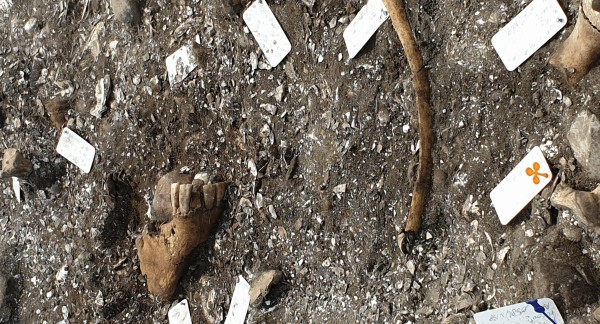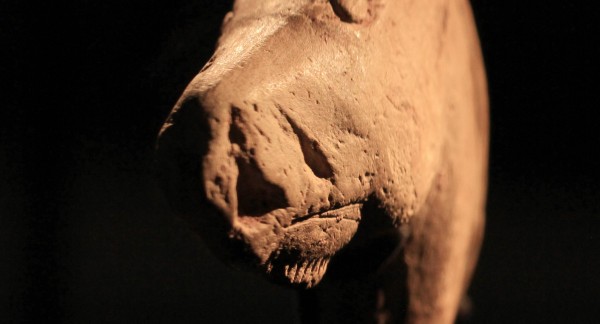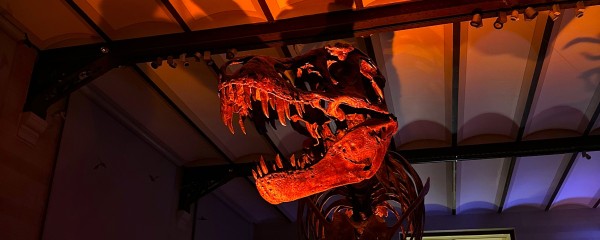Origin of domestic horses finally established

Horses were first domesticated in the northern Caucasus, before conquering the rest of Eurasia within a few centuries. An international study published in Nature answers a decades-old enigma.
By whom and where were modern horses first domesticated? When did they conquer the rest of the world? And how did they supplant the myriad of other types of horses that existed at that time? This long-standing archaeological mystery finally comes to an end thanks to a team of 162 scientists specialising in archaeology, paleogenetics and linguistics.

A few years ago, the team of paleogeneticist Ludovic Orlando (CNRS) looked at the site of Botai, Central Asia, which had provided the oldest archaeological evidence of domestic horses. The DNA results, however, were not compliant: these 5500-year-old horses were not the ancestors of modern domestic horses. Besides the steppes of Central Asia, all other presumed foci of domestication, such as Anatolia, Siberia and the Iberian Peninsula, had turned out to be false. ‘We knew that the time period between 4,000 to 6,000 years ago was critical but no smoking guns could ever be found’ says Orlando.
The scientific team, therefore, decided to extend their study to the whole of Eurasia by analysing the genomes of 273 horses that lived between 50,000 and 200 years BC. One of the horse bones examined comes from the Goyet Cave (near Namur) and is approximately 36,000 years old. It is kept in the collection of the Royal Belgian Institute of Natural Sciences. The DNA of all horse remains was sequenced in two French research centres.
Change from the Caucasus
This strategy paid off: although Eurasia was once populated by genetically distinct horse populations, a dramatic change had occurred between 2000 and 2200 BC. ‘That was a chance: the horses living in Anatolia, Europe, Central Asia and Siberia used to be genetically quite distinct’ notes Pablo Librado, first author of the study. Then, a single genetic profile, previously confined to the Pontic steppes (North Caucasus), began to spread beyond its native region, replacing all the wild horse populations from the Atlantic to Mongolia within a few centuries. ‘The genetic data also point to an explosive demography at the time, with no equivalent in the last 100,000 years’ adds Ludovic Orlando. ‘This is when we took control over the reproduction of the animal and produced them in astronomic numbers.’
Calm with a strong back

But how can this overwhelming popularity be explained? Interestingly, scientists found two striking differences between the genome of this horse and those of the populations it replaced: one is linked to a more docile behaviour and the second indicates a stronger backbone. The researchers suggest that these characteristics ensured the animals’ success at a time when horse travel was becoming “global”.
The study also reveals that the horse spread throughout Asia at the same time as spoke-wheeled chariots and Indo-Iranian languages. However, the migrations of Indo-European populations, from the steppes to Europe during the third millennium BC could not have been based on the horse, as its domestication and diffusion came later. This demonstrates the importance of incorporating the history of animals when studying human migrations and encounters between cultures.
Text based on a press release by CNRS





